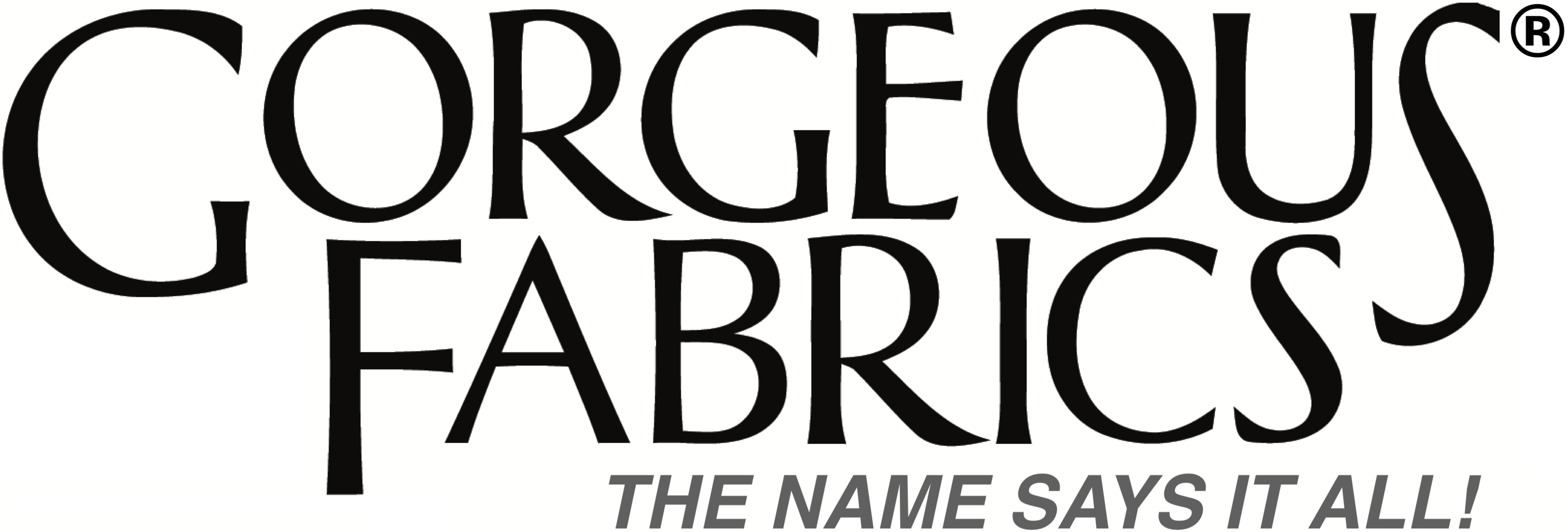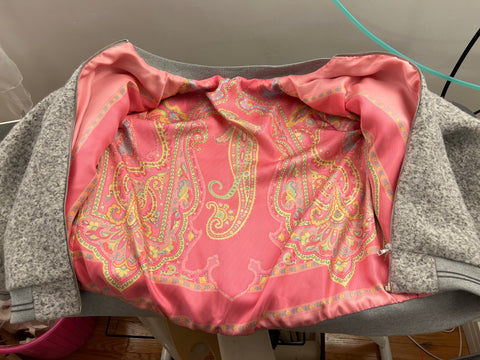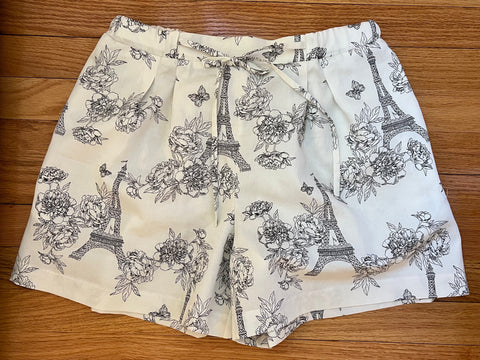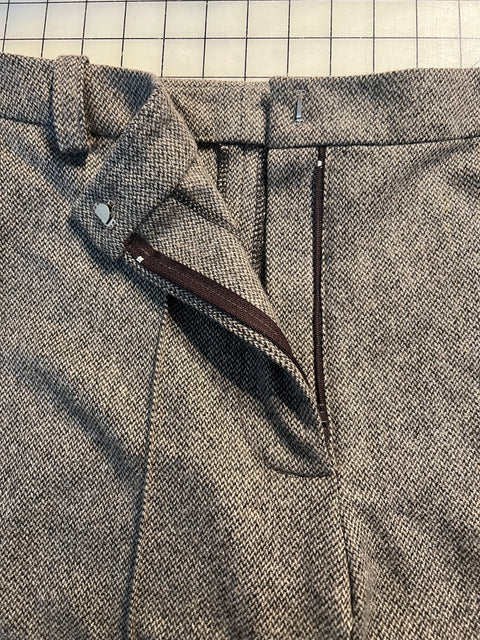I've made this jacket three times now: once for DH, and twice for me. So for the basic construction notes, I'll refer you to Larry's version.
As you may know, I purchased a slew of REALLY beautiful (like, Hermes quality) French panel print silks recently. One of the things I recommend using them for is lining, and I decided to do just that with my latest version of this jacket. The outer shell fabric was a gift from my favorite vendor. It's a wool/mohair blend that has a curly effect similar to Astrakhan lamb. The lining is Paisley Print Panel Heavy Silk Twill - Ice Cream Colors. The cuffs and neckband are rib knits from Botani Trim in New York, and the zippers are Riri Zippers from Pacific Trimming, also in New York.
General Construction
The outer shell of the garment came together beautifully (actually, so did the lining, but more on that later). I used my Juki DDL-8700 straight stitch for all the seams, and I used tricks I learned from the Raglan Sleeve Coat Class by Kenneth D. King (get on his mailing list for dates and times) for much of the construction. One of the most useful, is to snip your SA's at junctures of two seams, and trim one side to a scant 1/8 inch:

Oh, and did I tell you? I used the most AMAZING Fusible Bias Stay Tape to stay my seams.
I also used a method I learned from Susan Khalje to attach the sleeves with lofty fabrics like this. First, pin-baste (and depending upon your fabric maybe hand baste) the sleeve head to the armscye between the front and back notches.

Using your iron and LOTS of steam, shrink the bejeebers out of the ease, and sew, leaving the sleeve open below the notches.


This gives you the opportunity to adjust the ease if you think you need it, without having to deal with a completely sewn armhole. It's also a handy way to ensure that the side seam meets the underarm seam cleanly when you sew the rest of the armhole.

Alright Now, Let's Talk About That Lining
As I mentioned, the lining is a panel print silk. I won't get into the provenance of the silk, other than to say that it shares its genesis with Hermes, and the silk twill is JUST BEAUTIFUL. Now here's another little secret I'll share with you. I love the color pink, but it doesn't like me, so I never wear it. But as a sewist, I can add pink to my wardrobe in secret, surprising ways, like linings. So I grabbed a panel of Paisley Print Panel Heavy Silk Twill - Ice Cream Colors and went to town.
Before I get to the body lining, let's talk pockets. The silk wouldn't do. It's not robust to keys, phones and all the rest I put into my jackets, so I used Italian Rayon Satin - Bright Raspberry. This, I discovered, is a great choice for pockets. It's heavier than most silks, and it is densely woven to resist being gouged by keys, wallets, etc.

And yes - you can see a tiny amount of pink at the pocket. But if you're going to get close enough to examine it, guess what? I will smack you 😂. No, really.
Another trick I learned from Kenneth King is to stay the pockets. Cut a length of silk organza (in this case I cut one that measured 1 inch by 3 inches). Sew one end to the SA of the pocket, and then sew the other end inside the CF Seam allowance, to keep the pocket from flopping around.


I cut the back and the fronts. Because I was working with a limited amount, I didn't worry about matching all the motifs. I made sure the back, which is what people will see if I leave it open on a chair, had a continuous motif. But I didn't bother to match the front linings to the back at the side seams.
The sleeves presented a different problem. Here's where the creativity comes into play. I didn't have enough for more than the body, with some extra bits left. But when you look at a jacket left open on a chair, what do you see? You see the lining of the back, and you see the linings of the sleeve heads, so I decided to cut just the sleeve heads from the silk (and I had to piece one sleeve head). I used those and cut the rest of the sleeve from the rayon satin. It worked like a charm.

Notice the seam in the shoulder lining where I had to piece it.
So, there you have it. A lovely jacket using a lining that is SO luxe. I hope that gives you some ideas about how to work with panel fabrics. I'll be wearing this one for years. Here are all the finished pictures.




Happy sewing!
Ann



